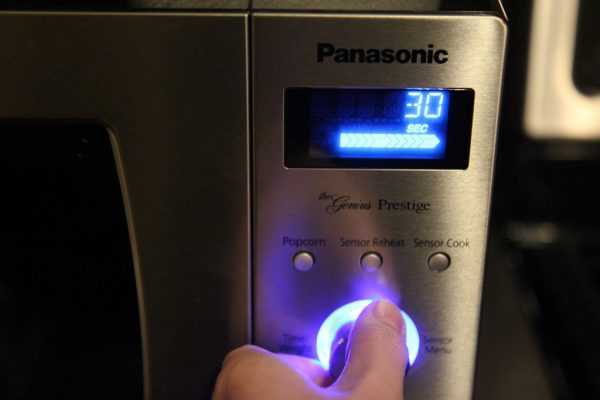Simulating a Microwave LCD screen

I'm trying to get better at managing LCD screens so today I'll try creating a microwave oven display. Complete with choosing the power, setting the time, and the countdown timer.
Implementation
Timer func
Given a previously set time length the timer with count down and change the display screen each second - showing a formatted time left. If an S4 button is pressed - the timer will pause and go back to the main function (from then it can either restart or reset to 0).
int time = 0; //count down time
void timer(int t){
unsigned int i;
for (i = 0; i <= t; i++){
int sec2 = t - i; //for visual representation
int min2 = sec2 / 60;
sec2 %= 60;
char time_str2[9]; //to set how much space taken by display
snprintf(time_str2, sizeof(time_str2), "%02d:%02d", min2, sec2);
LCD_ClearScreen ( ) ;
LCD_PutString ( time_str2, sizeof(time_str2));
delay(1000); //check if stop/reset pressed after each second
if (BUTTON_IsPressed ( BUTTON_S4 )){ //stop
delay(200);
time = t;
break;
}
}
//timer-end alarm
if (t == 0){
time = 0;
for ( i = 0; i <= 5; i++){ //flash fancy LEDs when alarm goes off
LATA = 170; // blink all even LEDs or all not even
delay(300);
LATA = 85;
delay(300);
}
}
time = t;
}Main - choosing power
In an infinite loop in main() I declared program=0 and power[11] (to use in formatting sprintf). Choosing the power starts when the button S3 is pressed. In a simple switch case, we set the LEDs to showcase the power and also display it on the screen. If we are satisfied with the power, we press S4 to exit the loop.
if (BUTTON_IsPressed ( BUTTON_S3 )){
// setting power is stopped when we press S4
while( !BUTTON_IsPressed ( BUTTON_S4 ) ){
//choosing the power (800W-0,600W-1,350W-2,200W-3)
switch (program){
case 0:
LATA = 255; //max power = max LEDs
snprintf(power, sizeof(power), "Power 800W");
LCD_ClearScreen ( ) ; //clear LCD screen
LCD_PutString ( power, sizeof(power)); //display
break;
case 1:
LATA = 63;
snprintf(power, sizeof(power), "Power 600W");
LCD_ClearScreen ( ) ;
LCD_PutString ( power, sizeof(power));
break;
case 2:
LATA = 15;
snprintf(power, sizeof(power), "Power 350W");
LCD_ClearScreen ( ) ;
LCD_PutString ( power, sizeof(power));
break;
case 3:
LATA = 3;
snprintf(power, sizeof(power), "Power 200W");
LCD_ClearScreen ( ) ;
LCD_PutString ( power, sizeof(power));
break;
}
delay(200);
if (BUTTON_IsPressed ( BUTTON_S3 )){ //go to next setting
program ++; //if we are still holding S3
delay(300);
}
if (program == 4) program = 0;
}
LCD_ClearScreen();
}Main - setting and running the timer
Pressing S6 adds 1min to the clock, pressing S5 adds 10 seconds, pressing S4 starts the timer, and pressing it for longer than 2s resets the clock to 0.
if (BUTTON_IsPressed ( BUTTON_S6 )){ //S6 add 1min to timer
time += 60;
delay(250);
}
if (BUTTON_IsPressed ( BUTTON_S5 )){ //S5 add 10s to timer
time += 10;
delay(250);
}
//display timer - same as in timer() func
int sec = time;
int min = sec / 60;
sec %= 60;
char time_str[9];
snprintf(time_str, sizeof(time_str), "%02d:%02d", min, sec);
LCD_ClearScreen ( ) ;
LCD_PutString ( time_str, sizeof(time_str));
//S4 start/stop/reset timer
if (BUTTON_IsPressed ( BUTTON_S4 )){
//start timer
timer(time);
LATA = 0;
delay(200);
//stop inside timer func
//reset if pressed again
if (BUTTON_IsPressed ( BUTTON_S4 )){ //reset
time = 0;
}
}The next post will also focus on LCD screens - I'll be implementing a chess clock.
